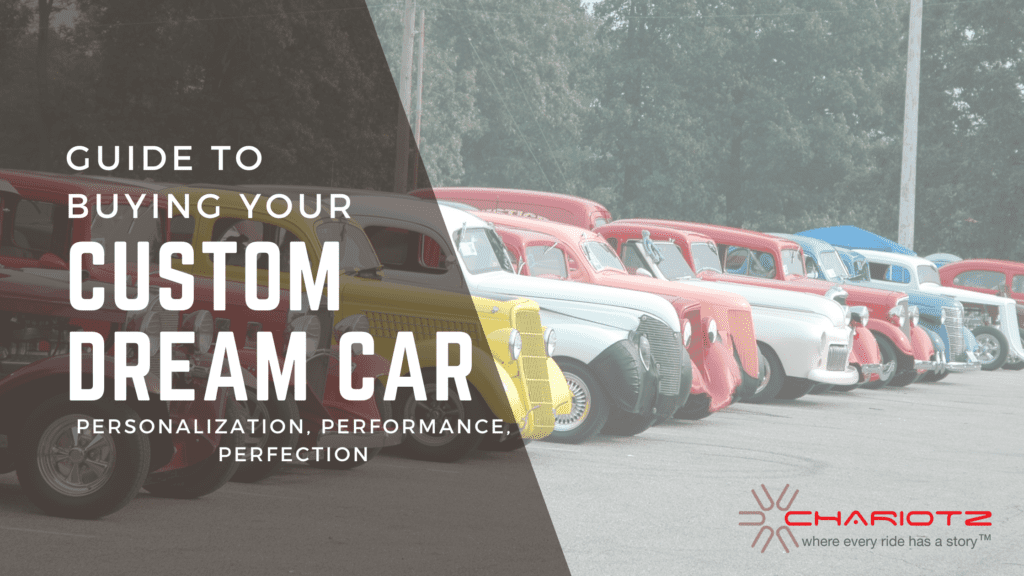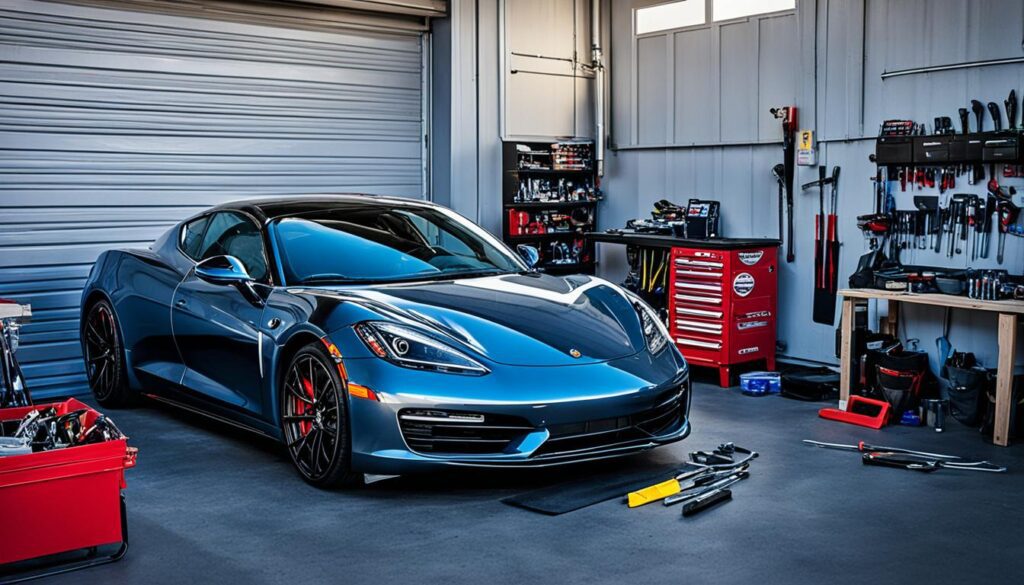Classic Car Restoration – Finding The Right Project Car

One of the biggest problems I see roll through our shop is the inability of our customers to locate and purchase a suitable classic car for restoration. Most typically know the style and possibly even the year make and model of the car they desire. However, they lack the foresight required to make good decisions during the procurement phase. I will attempt to shed a little light on the subject. Most of these topics will be geared toward classic car restoration (it’s what I know), but some of the ideas can be applied to most other styles: truck, bikes, street rods, racers, etc.
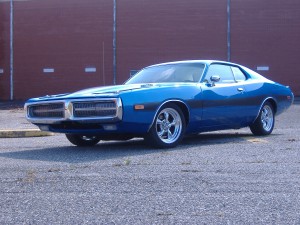

Labor is expensive! Do not buy the cheapest classic car you find. This is probably the biggest mistake made. It always costs more to repair a problem than to buy a car that doesn’t already have that problem. This rule of course has exceptions. Such as a blown engine. If the plans for the project are to yank the old boat anchor out of its happy home of 30 years and replace it with a fire breathing, fuel injected dragon, then, yes it is okay to find a car with a cracked block or even a grandma car with a straight six. But, do your research. Some cars with small engines also came with small rear ends, 4-lug spindles and lack sway bars. Unless you plan (and budget) will you be able to afford to upgrade these items? You may want to spend a few hundred more on a car with these items. Heck, you could even sell the old engine for $500 bucks and apply it to the build budget. Rust and collision damage are also areas that many assume can be easily repaired. Generally speaking, unless you are very skilled at the repair needed and can do it yourself, do not assume what a shop will charge to repair it. Trust me, it will most likely be over $1000 and in extreme cases $10k. Spending a few more hundred or even thousands now could pay off big time in the near future.
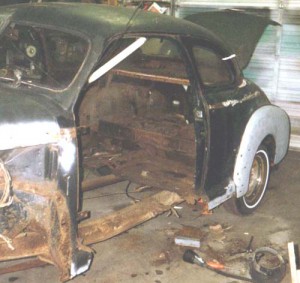

What do you really want? Having a clear vision is also important. Do you want to go fast? Ride low? Climb rocks? Win a trophy? Bring back the memories of high school? The desires of a classic car owner are broad and wide. Many times it cannot be defined by a single word or phrase. Do not feel bad if you have a difficult time putting what you want into a category. In the end, who cares? You paid for it and possibly had a large hand in building it. Enjoy it! I’m getting ahead of myself. What do you want is the question at hand. The project you choose needs to complement the goals of your dream. Think about what you want, draw it out, make lists, day dream, talk to buddies, just imagine. Then be mindful of these ideas (classic car restoration, modification or customization) when you are searching. Look for something that is close to what you want. As mentioned before, labor is expensive. Let the guy before take the big hit on depreciation. Try and figure out what your total budget is for the build and look for cars up to that price range. You might be surprised to actually find a classic car exactly the way you want, but with the wrong wheels and strange neon seat covers. Those are easy things to solve and will having you riding faster and cheaper than starting from scratch.
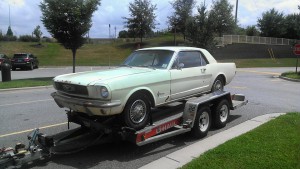

But there aren’t any good classic cars in my town! Then why are you limiting your search criteria? Search far and wide. Depending on your budget, it might be well worth a plane ticket and tow bill to find the perfect car. It is not uncommon at all for people to sink over $100k into a classic car. If that is the case, spending $500 or $600 to have a car trucked in from a few states away will not put a very big dent in your wallet and based on the varying economic conditions in different parts of the country, it might actually net you more car for the money. Local classifieds of course should be used, but supplement them with the many Internet sites. A favorite is Craigslist. The trick is to use a search engine such as Search Tempest to sort through multiple cities very quickly. Another trick I use, which has proven to work well, is to do a Google image search using “year, make, model + for sale” (e.g. 1966 Ford Mustang for sale). Ebay is usually my last resort, but I have known a few people to find good deals and then there are the many that get burnt. In any case, be careful.
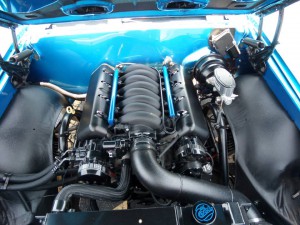

Freshly painted! If you see these words, run fast and for a long time. In 99 out of a 100 cases this is to hide something the seller doesn’t want you to see. Good paint jobs are expensive, typically exceeding $3000, and generally do not increase the value of a classic car by an equal figure. So unless the seller was/is an idiot, why would they do something that did not offer an increase on their investment? Here is a list of some of the many keywords that make me look closer:
- New belts and hoses — this adds very little value to a car, why would someone spend $50-$100 on something they could leave for the new owner?
- Low miles on rebuilt engine/transmission — So why spend thousands on a rebuild and then sell the car? Ask what other problems prompted the sale
- New anything — this goes back to the engine. Why did they just spend money and now want to sell the car? This is not a deal breaker but should make you ask questions.
- No rust/rust free — (this applies more to an older car) All older cars have rust. Did they repair, or do they just not know how to look for it? If you do not see rust, look for it or at least the repairs. (the exception of course are cars from known rust free areas)
- Restoration started — while there are some great deals to be had, this should only be considered by someone with a few projects under their belt. The chance of getting something with bad work or missing parts is very high.
- There are many more. Just read the article over many times and look at the pictures closely before you make the call. Try to find the problems and ask questions about it.
And finally, have patience. Don’t assume you can find the classic car of your dreams in an afternoon. I’d recommend no less than 4 weeks, and a year is not too long. The key is to be persistent and regular. Look through the same sites on a regular basis and take notes. Follow the trends and watch to see how long cars stay on the market and how many times their price drops. Don’t get upset if the “perfect deal” seems to slip through your fingers, there is always another one in the future. Don’t be the first to call about a car. Be the one that comes in after all the idiots have responded to the ad. Treat the seller with respect and be attentive when/if they have a story to tell about the car. Above all, be genuine. If the seller really wants to sell the car and you offer a fair price and do not treat them as badly as the herd of idiots before you, there is a strong chance you will get the car.
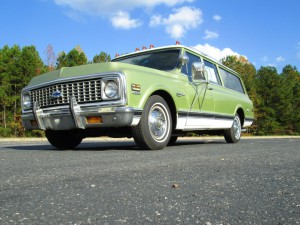

As with everything else in life there are no hard and fast rules to buying a classic car. No magic set of words to say, or special hand gestures, that will get you the “best deal”. Like life, it requires an immense amount of skills that require multiple lifetimes to master. Reading this article is a good start. Finding two or three other similar articles is an even better solution and just as in life, use trial and error. I assume you are doing this for the pleasure of doing it…. So have fun with it. Enjoy it every step of the way. If it seems like a burden now, you will most likely never make it to the finished project. I hope you have enjoyed this. Look for more of my ramblings in the future here and on other outlets. Once you find your classic car and have tried with seemingly no avail to get it to where you want it to go, give me a call. I’ll try and walk you through it.
Find our CHARIOTZ page HERE, which has the stories behind many of our classic car restoration projects.
Last Updated: August 14, 2015

